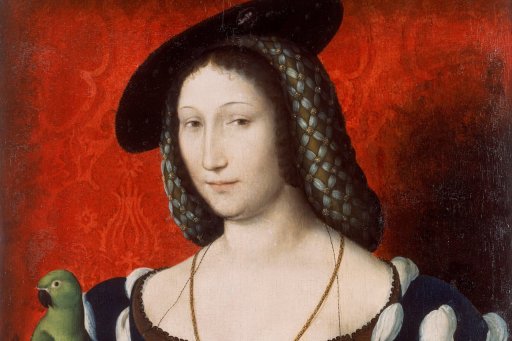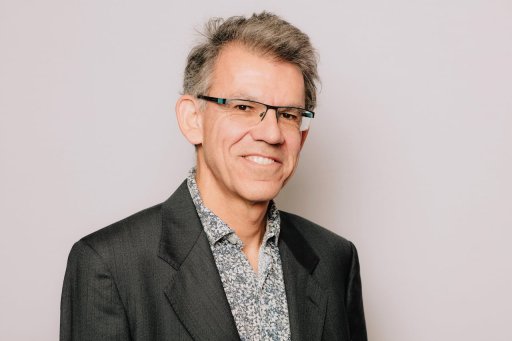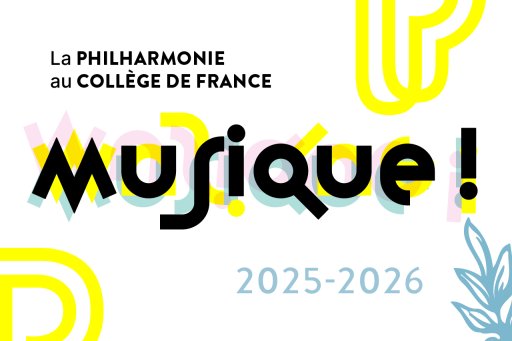
may 9, 2019
10 years ago, concerned about the conservation of the institution's ancient documents - glass plates and audio tapes in particular - the professors of the Collège de France commissioned a working group to formalize and steer a project to safeguard and disseminate this heritage, in a context of rapid technological change.
The outlines of the project became clearer in 2009-2010: the aim was not only to digitize but also to disseminate content, within the framework of a digital heritage library and a computerized catalog of archive holdings.
Four thematic corpuses were then defined:
- history of the Collège de France,
- human and social sciences
- mathematical, physical and natural sciences,
- Anthropologists' and ethnologists' field materials.
Thanks to the mobilization of the Fondation du Collège de France, a sponsorship was found in 2011 with the Fondation de l'Orangerie.
Collections of photographic glass plates have been digitized, including the 2,500 chronophotographs taken by Professor Etienne-Jules Marey, a physician, movement specialist and precursor of cinema through the devices he invented to study locomotion, and those taken by Professor Capitan during his excavations in South America at the end of the 19th century.
In 2012, the notebooks and experimental notes of physiologist Claude Bernard were also digitized.
In February 2013, Salamandre, whose name was chosen in reference to the emblem of François I, founder of the Collège de France, went online on the Collège's intranet, then, in mid-March, on the Internet.
The site proved a great success, with 16,000 unique visitors in its first year. There has also been a sharp rise in the number of visitors to the archives consultation room, where Salamandre is making its holdings known to researchers and the curious. Another positive effect is that the Collège now receives numerous proposals for donations of teachers' archives.
Since then, Salamandre has added a number of new collections, in particular audiovisual archives. New collections are regularly put online, and a number of projects are under study in terms of partnerships, accessibility and digitization, including 3D.








